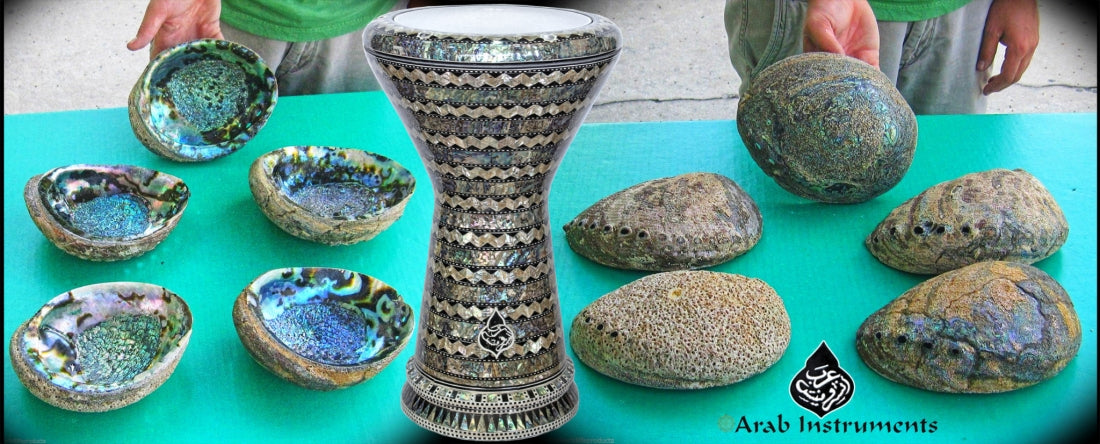
What So Special About a Blue Pearl Darbuka
The first one is the white / yellow pearls which is the most common pearls, covers 95% of the pearls darbukas made in Egypt. The second one is the blue pearls which is very rare an expensive.
The blue pearl calls also abalone and the majority of abalone species are found in cold waters, such as off the coasts of New Zealand, South Africa, Australia, Western North America, and Japan. The shell colors of the abalone is a mix of an amazing blue, green and turquoise and these colors make the darbuka so glory and outstanding. There are many artists who use the abalone shells for making decorative items and it uses also as a source of mother of pearl for precious jewelry, buttons, buckles, and variety of inlays.
The process of building blur pearl darbuka is very complicated and it takes around 3 - 4 months to complete it. First the maker needs to break the abalone shell to small pieces, then shape them to the right structure of the darbuka, paste on the darbuka and start a long process of polish all the shells parts.
All these components such as importing an high quality of abalone shells, choosing the number of blue pearls abalone shells the maker will need to cover a darbuka and the process of building the darbuka make this darbuka one of a kind and very rare among the mother of pearls doumbeks in Egypt.
In the picture below you can see the abalone shells in reality before it has been paste and covered the darbuka
The Blue Pearls all over the darbuka
The blue pearls with decoration.

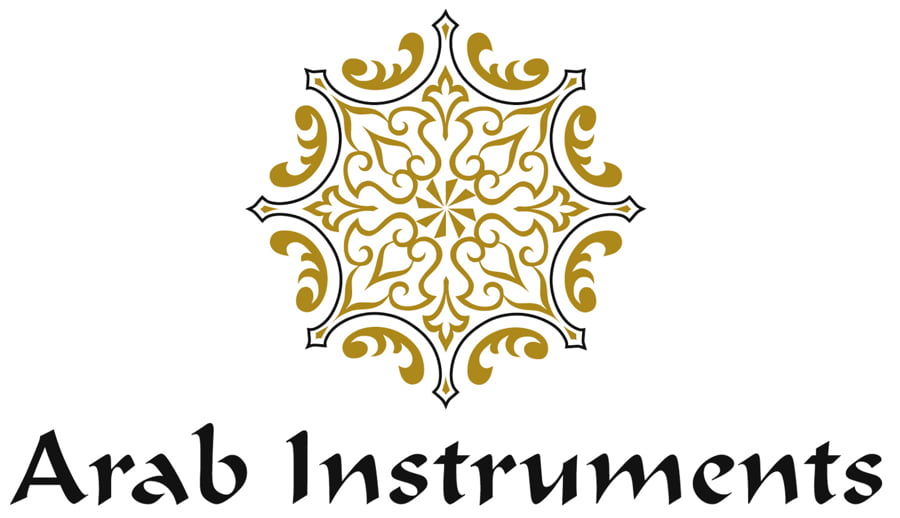









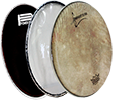






















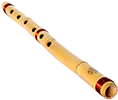




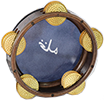

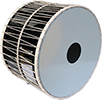
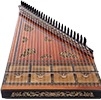
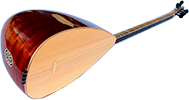
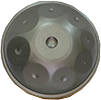
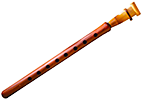







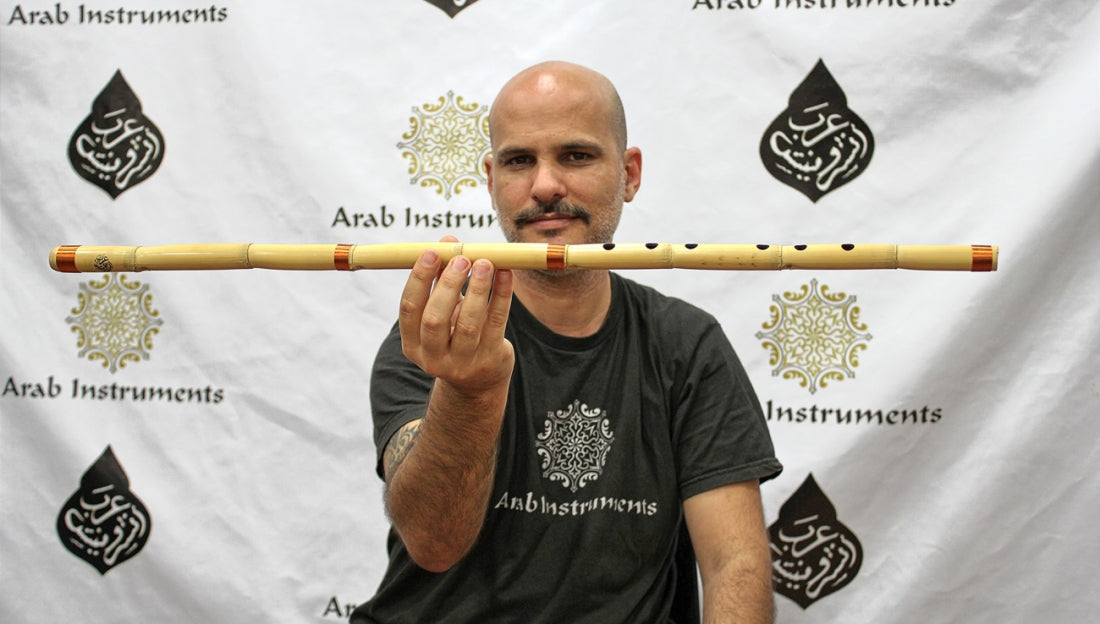
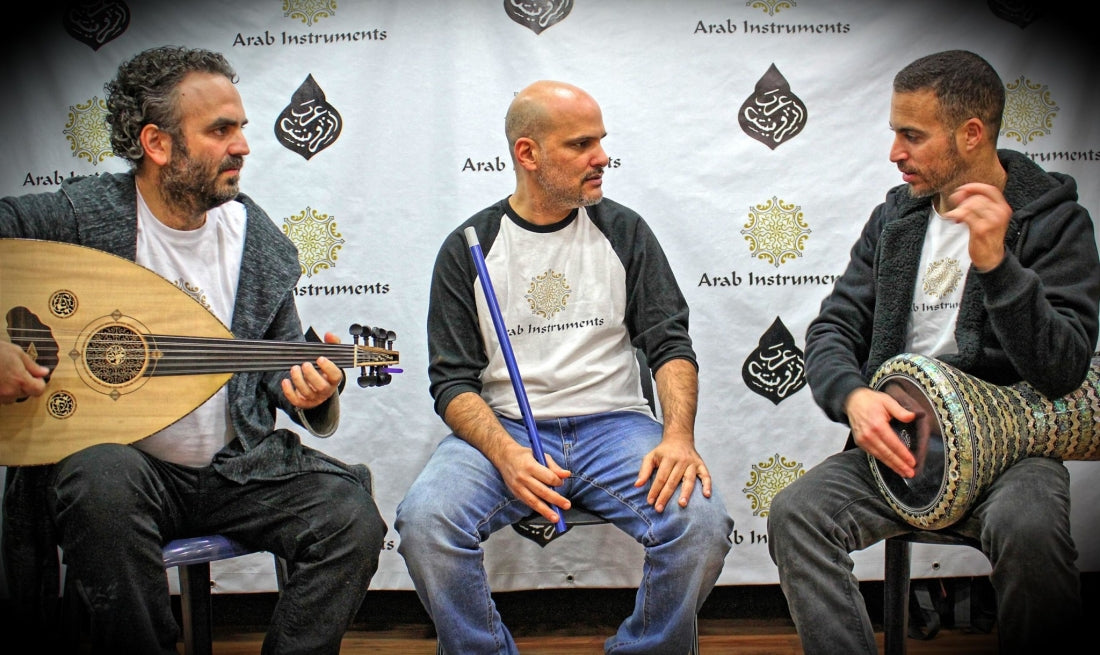
Leave a comment
This site is protected by hCaptcha and the hCaptcha Privacy Policy and Terms of Service apply.